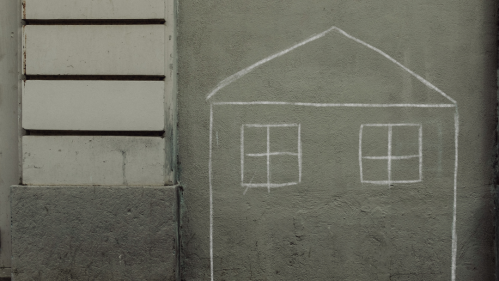
Homelessness is creeping up in New Jersey, with the number of people living on the street, in temporary housing, or otherwise unhoused topping 10,000 for the first time since 2015, according to a new report released Monday.
Advocates attributed the rise to various trends:
- The eviction moratorium ended. Some people who stayed housed during the pandemic thanks to the moratorium, which ended Jan. 1, 2022, are now homeless as courts reduce eviction case backlogs.
- Rents are rising. New Jersey’s median rent in December 2022 was $2,723 — 8.38% higher than the same time the previous year and higher than the national median of $2,007, according to a Rent.com report.
- Rental vacancies fell. New Jersey had a 3.7% rental vacancy rate last year, down from an 11.2% a decade ago, according to the St. Louis Federal Reserve Bank.
- Affordable housing remains scarce. New Jersey is 224,531 homes short of what it needs to house its extremely low-income households, according to the National Low Income Housing Coalition’s Gap Report.
Social service workers quantify homelessness by counting everyone who doesn’t have a home on a single night in January; the count was Jan. 24 this year. The nonprofit Monarch Housing Associates crunches the numbers and reports “point in time count” trends annually, with the goal of using the data to develop strategies to reduce homelessness.
The latest report found that of 10,267 people experiencing homelessness in New Jersey on Jan. 24, most — 8,851 people — were in sheltered locations like motels, transitional housing, and safe haven sites; nearly 2,000 were considered chronically homeless; 24% were children under age 18 (about 40 were unaccompanied youth); 20% were adults 55 or older; and almost half had at least one disability.
Homelessness in New Jersey rose 17% over the previous year, with Essex County reporting the highest percentage of people in homelessness, followed by Hudson and Burlington counties.
Racial disparities persist, with Black people representing 12% of the state’s population but 47% of its homeless population, the report found.